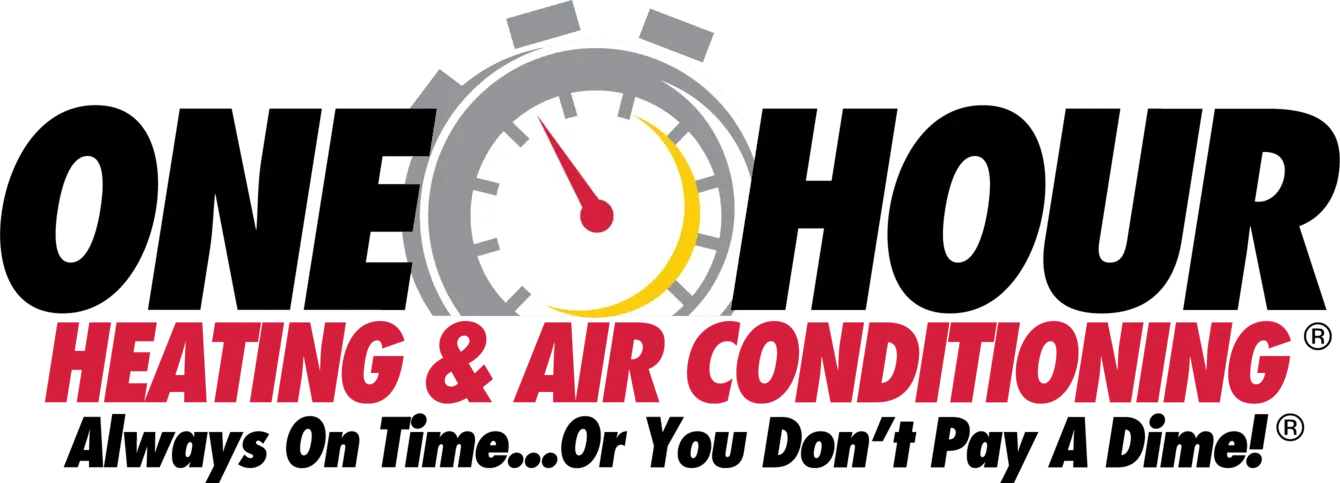Radiant Heat vs Forced Air: Which Is Best for Your Home?
Thinking about upgrading your home’s heating system? One of the first decisions you’ll need to make is which type of system is right for you.
Two of the most common options are forced air and radiant heating, each with its own set of benefits and considerations. To help you choose the best fit for your home and lifestyle, here’s a breakdown of the pros and cons of both systems—and what to keep in mind when making your decision.
Pros of Forced Air Heating Systems
Quick Heat Distribution
A forced-air system warms up your home fast by pushing heated air through ducts using an air handler. This is particularly helpful during cold mornings in the basement or garage.
Air Conditioning Compatibility
This system can share ductwork with central cooling, reducing installation cost and improving HVAC efficiency. It's ideal for spaces where radiant heating and cooling aren't feasible.
Smart Thermostat Integration
Forced air setups work seamlessly with smart thermostats, letting you adjust the room temperature conveniently and optimize energy use based on daily patterns.
Effective Air Filtration
Built-in air filters help capture particulates and allergens, improving indoor air quality and reducing the spread of dust and allergy triggers.
Widespread Availability
Most homes are already equipped for forced-air heating with a gas furnace or electric heating element, making upgrades and troubleshooting simpler.
Cons of Forced Air Heating Systems
Noise Disruption
Fans and air handlers can produce noticeable noise, especially in quiet areas like the bedroom or bathroom, which can affect comfort.
Dust Circulation
The duct system can accumulate and spread dust, allergens, and particulates if not cleaned regularly, potentially worsening indoor air quality.
Temperature Inconsistency
Uneven airflow might leave cold spots, especially in rooms far from the duct system or below the ceiling level.
Heat Loss Risk
Heat transfer can be inefficient if ducts run through unconditioned spaces like an attic or crawl space, increasing fuel consumption and energy bills.
Maintenance Demands
Filters, blowers, and ventilation components require regular maintenance to avoid air filter clogs, carbon monoxide risks, or decreased airflow.
Pros of Radiant Heating Systems
Silent Operation
Radiant heating delivers warmth without fans, engines, or air movement, offering a noise-free solution perfect for a bedroom or study.
Even Temperature Distribution
Underfloor heating provides consistent warmth from the floor up, eliminating cold drafts and creating a cozy feel in rooms like the bathroom or kitchen.
Improved Indoor Air Quality
Since there’s no ductwork, radiant heat avoids blowing dust, allergens, or particulates around the home, reducing allergy flare-ups.
Energy Efficiency
Radiant heating works well with thermal mass materials like concrete or tile, retaining heat longer and reducing electricity or gas usage.
Low Maintenance System
With fewer moving parts compared to a furnace or pump, systems like hot water tubes and electric heating mats generally require less maintenance over time.
Cons of Radiant Heating Systems
Higher Initial Cost
Radiant heating systems, especially underfloor heating or retrofitting older homes, come with a higher upfront cost due to materials and labor.
Slow Response Time
Systems like hydronic radiant heating rely on heated water in pipes and take longer to warm a room compared to a rapid forced air burst.
Limited Cooling Integration
Radiant systems don’t offer built-in cooling, requiring a separate solution for climate control during summer months.
Challenging Repairs
Leaks in pipes under concrete or tile floors are difficult to locate and expensive to fix, requiring significant construction or renovation.
Design Constraints
Furniture placement and flooring material (like wood) can impact heat transfer and performance, limiting layout flexibility.
How to Choose Between Forced Air and Radiant Heating for Your Home
Consider Your Home’s Construction
New builds or major renovations are ideal for radiant heating due to the easier installation of underfloor pipes or electric mats. Forced air suits existing homes with ductwork and a limited renovation scope.
Evaluate Comfort Preferences
If you prioritize quiet operation, even room temperature, and clean air, radiant systems may be a better fit. Forced air offers quicker heat and better integration with a smart thermostat.
Think About Your Budget
Forced-air heating usually costs less to install and is compatible with natural gas or propane systems. Radiant heating has a higher upfront cost but may lower long-term heating bills, especially with electric or boiler systems.
Review Maintenance and Repair Expectations
Forced air requires more frequent filter changes and troubleshooting due to its mechanical components. Radiant heating is lower maintenance but harder to fix in case of a leak or malfunction under the floor or concrete.
Match System to Your Climate
Radiant heating excels in colder climates where maintaining consistent warmth is crucial. Forced air might be better in milder regions where the heater is used sporadically.
Upgrade Your Heating Today With One Hour Heating & Air Conditioning®
No matter which type of heating you prefer, know that the professionals on our team will know how to install it correctly. One Hour Heating & Air Conditioning® offers expert heating services in Bucks County and the surrounding areas to ensure your home has warmth when you need it most.
Reach out today to learn about our other HVAC services and to schedule an appointment.















